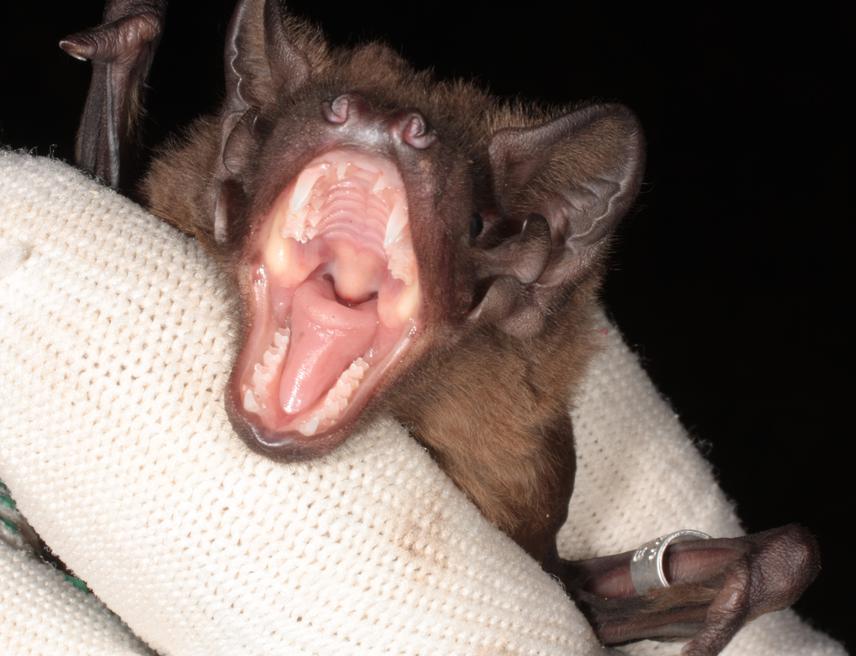Anton Vlaschenko
Other projects
6 Aug 2010
Nyctalus lasiopterus in Ukraine: Inventory of Current Status, Proposals to Revise the Species Status in IUCN Red List and Conservation
3 Sep 2012
Nyctalus lasiopterus in the Eastern Europe: Inventory of Current Status, Proposals to Revise the Species Status in IUCN Red List and Conservation
In 2016 the IUCN experts reevaluated conservation status of Giant Noctule (Nyctalus lasiopterus) as Vulnerable A4c. Consequently it is the most threatened species of European forest-dwelling bats. This project focuses on obtaining data for effective conservation management of Giant Noctule. We will assess particularities of breeding colonies distribution, home-range, feeding and roost-ecology of Giant Noctule. We will initiate monitoring of Giant Noctule population trends.

Our project on Giant Noctule status inventory started in 2009 when we caught one Giant Noctule in Chernobyl Exclusion Zone. It was the first record of Giant Noctule in Ukraine after 50 years. In 2010-2011 we did field research in locations where the species was found in past (1930-1960th) in Ukraine; and in 2013 in European Russia (1930-1980th). We continued the project in 2014 and visited Hungary, Romania and Turkey. As the result we personally inspected more than 20 locations in five countries and got additional information from colleagues. The results of the inventory were partly published and presented in reports.
In 2016 the IUCN experts took into account our results of Giant Noctule inventory in Ukraine and Russia and reevaluated the Giant Noctule conservation status as Vulnerable A4c; C2a(i). But change in the status does not directly translate into appropriate conservation management. For informed management measures, according to “IUCN Research Needed”, we need data on population size and distribution, life history and ecology, and threats to Giant Noctule; it is needed to monitor population trend of Giant Noctule. Collection of such data, on the backdrop of new Giant Noctule records from Ukraine, Belarus and Turkey open new frontiers for research and conservation.
At this new level of Giant Noctule conservation project we aim to:
1) obtain required ecological data for effective conservation management;
2) and mitigate anthropogenic impact in managed forests where Giant Noctule was captured.